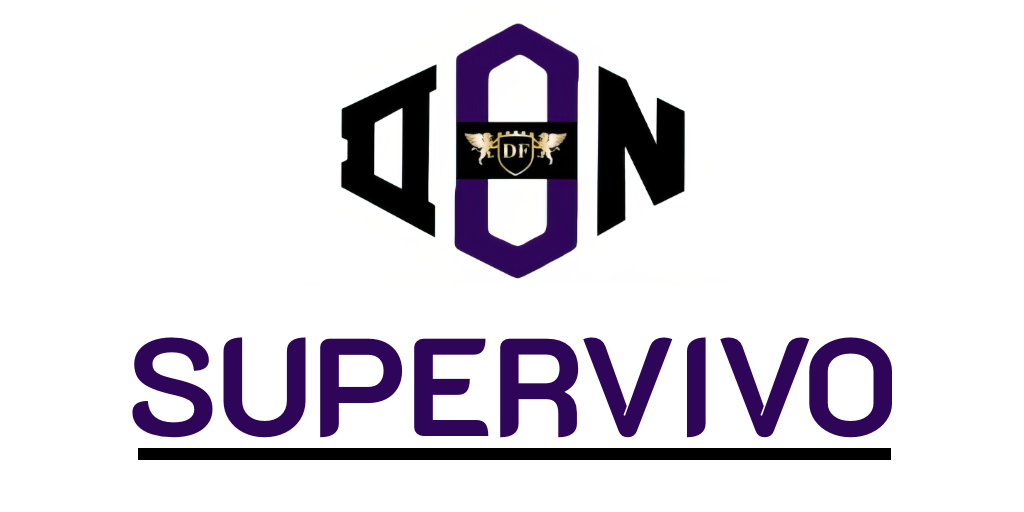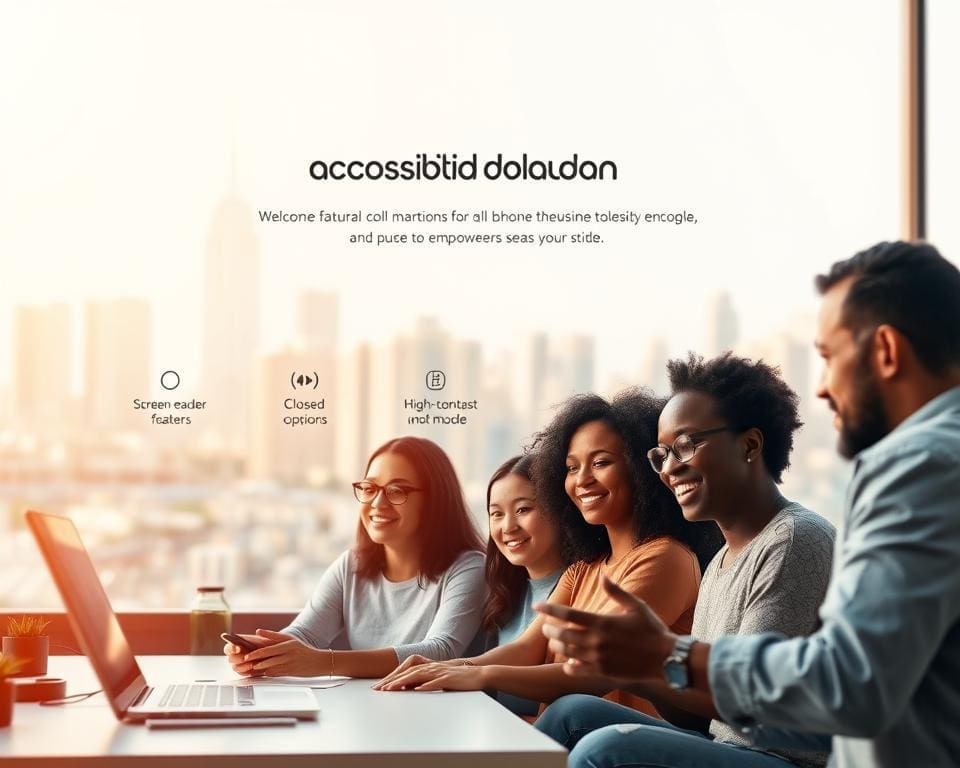In today’s digital landscape, the question of whether your SaaS platform is accessible to everyone has never been more critical. Accessibility is at the heart of Software as a Service inclusivity, ensuring that all users, regardless of their abilities or disabilities, can engage effectively with these essential tools. As various individuals rely on SaaS applications for their daily tasks, recognising the vast diversity within this user base is paramount. This discussion not only spotlights the significance of assessing accessibility but also underscores how it impacts user engagement and retention. Moreover, aligning with current accessibility standards and practices is essential for fostering an inclusive environment in the digital space.
SaaS Accessibility: The Importance of Inclusivity
Understanding the significance of SaaS accessibility begins with recognising the diverse user base that interacts with Software as a Service platforms. Users exhibit a wide range of abilities, technological proficiencies, and varying levels of experience. This diversity necessitates a thoughtful approach to designing software that accommodates everyone, ensuring that all individuals can achieve a seamless experience.
Understanding the Diverse User Base
A wide array of users engages with SaaS applications, including those with disabilities, older adults, and individuals unfamiliar with technology. Designing with these varied personas in mind fosters Software as a Service inclusivity, allowing platforms to serve a larger audience. Inclusivity not only enhances user interaction but ensures that the software meets the varying needs of all users, including those who may require assistive technologies.
Benefits of Accessible SaaS Solutions
Embracing accessibility compliance for SaaS yields numerous advantages for businesses. Accessible platforms open doors to increased market reach, allowing organisations to connect with previously untapped audiences. Furthermore, improving satisfaction among users can enhance brand loyalty, leading to reduced churn rates. Businesses that prioritise Enhancing SaaS usability through thoughtful design often cultivate environments where engagement flourishes. Inclusivity, therefore, transforms from a mere ethical obligation into a lucrative business strategy.

Is your SaaS platform accessible to everyone?
As businesses increasingly adopt cloud-based software, the significance of digital accessibility standards becomes paramount. Ensuring that SaaS platforms meet these standards allows for a wider audience to engage with technology, fostering inclusivity and equal opportunity.
Key Digital Accessibility Standards
One of the key frameworks guiding accessible digital content is the Web Content Accessibility Guidelines (WCAG). These guidelines encompass several critical principles aimed at enhancing accessibility in digital environments. Understanding and implementing these principles establishes a strong foundation for compliant and user-friendly SaaS platforms.
- Perceivability: Content must be presented in a manner that users can easily perceive. This includes providing alternatives for non-text content, such as images and audio.
- Operability: Interfaces should be operable through various navigation methods. Ensuring that all users can interact with content is crucial.
- Understandability: Information needs to be understandable and predictable. Clear instructions and appropriate language enhance comprehension.
- Robustness: The content must be robust enough to allow various assistive technologies to access it. This promotes longevity in digital accessibility efforts.
Adhering to these digital accessibility standards not only benefits users with disabilities but also enhances the overall user experience. As SaaS solutions evolve, incorporating accessible design principles will play a pivotal role in shaping a more inclusive digital landscape.
Web Accessibility Standards and Compliance
Understanding web accessibility standards and their implications is essential for developing inclusive SaaS platforms. Developers must equip themselves with knowledge about effective guidelines and legal requirements that drive accessibility compliance for SaaS. This ensures that their platforms cater to all users, regardless of their abilities or disabilities.
Overview of Accessibility Guidelines
Numerous accessibility guidelines provide frameworks for creating user-friendly digital environments. The Web Content Accessibility Guidelines (WCAG) stand out as an internationally recognised set of recommendations that assist developers in making web content more accessible. These guidelines emphasise principles such as perceivability, operability, understandability, and robustness. Adhering to these web accessibility standards is not merely a matter of good practice; it enhances user experience significantly.
- WCAG 2.0 and 2.1 sets the standard for digital accessibility.
- Section 508 of the Rehabilitation Act addresses web content for federal agencies in the USA.
- The Equality Act 2010 in the UK mandates accessible services, supporting inclusivity.
Legal Requirements for SaaS Platforms
SaaS platforms must navigate a landscape shaped by various legal requirements for SaaS platforms. In the UK, the Equality Act 2010 stipulates that service providers must ensure their services are accessible to all users. Non-compliance can lead to serious repercussions, including legal action. Awareness of such legislation is crucial for companies aiming to mitigate risks and foster an inclusive environment.
By aligning with these regulations, SaaS platforms not only comply legally but also position themselves as leaders in accessibility and inclusivity. In pursuing accessibility compliance for SaaS, developers equip their products to reach a wider audience, enhancing their market presence.
Enhancing SaaS Usability Through Inclusive Design
Creating a SaaS platform that resonates with all users demands a dedicated approach to inclusive design. This philosophy places users at the core of all decision-making processes, ensuring that everyone, regardless of their abilities or backgrounds, can access functionality with ease. Implementing user-centric interfaces is a vital component when enhancing SaaS usability.
Building User-Centric Interfaces
User-centric interfaces focus on understanding and responding to user needs effectively. Prioritising usability testing throughout the design lifecycle reveals how real users interact with the platform. Gathering feedback allows for iterative improvements that can transform the experience. By placing emphasis on simplicity, intuitive navigation, and meaningful user engagement, developers play a key role in Making SaaS platforms more inclusive.
Best Practices for Accessibility in Software Development
Incorporating best practices for accessibility in software development is crucial, as it ensures that accessibility remains an integral aspect of the design process. Some actionable insights include:
- Implement accessibility checks during early development phases to identify potential barriers.
- Utilise inclusive language that resonates with diverse users, promoting a sense of belonging.
- Provide alternative text for images, thus catering to users who rely on assistive technologies.
These measures not only enhance the overall user experience but also contribute significantly to Enhancing SaaS usability. By embedding accessibility into the fabric of software development, organisations can create platforms that everyone can use confidently.
Improving UX for All Users: Strategies for Success
Creating an accessible SaaS platform is more than just compliance; it’s about enriching the experience for every user. Improving UX for all users begins with a commitment to understanding the unique needs of a diverse audience. Implementing digital accessibility best practices not only caters to users with disabilities but enhances overall usability for all demographics. This inclusive approach ensures that everyone, regardless of ability, can navigate your platform with ease.
One effective strategy is conducting regular accessibility audits to identify areas for improvement. Engaging users with disabilities in testing phases provides invaluable insights that can lead to significant enhancements. By leveraging their experiences, SaaS providers can create more intuitive interfaces that meet various needs, transforming feedback into actionable solutions. This continuous evaluation fosters a culture of inclusivity and empowers users.
Furthermore, embracing emerging technologies can bridge gaps in usability, allowing for innovative solutions that promote SaaS accessibility. From voice recognition and AI-based tools to customisable user interfaces, these advancements can tailor experiences to individual preferences. By adopting these strategies, SaaS providers can lead the charge in crafting an inclusive environment that not only meets regulatory standards but also inspires user loyalty and engagement.









